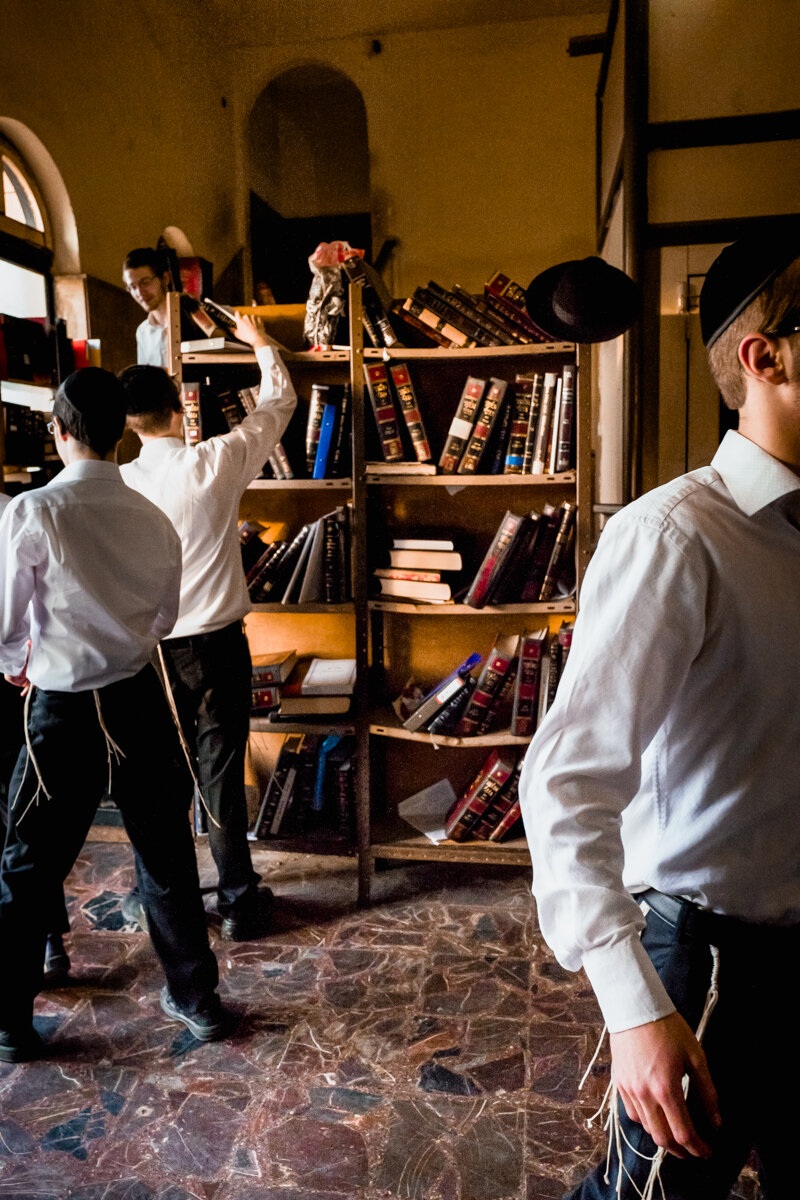Israel Through a Wide Angle Lens
“Every trip to Israel is an amazement in what is irrevocably ancient, fundamentally true and what it is utterly ultra modern; traditional; revolutionary; orthodox; mundane; heavenly; conflicted. A complex nation of many tribes, pilgrims from every corner of the Earth, people of this place.”
In November 2016 I travelled with a small group of photographers interested in documenting multicultural programs and humanitarian initiatives in Israel. We visited every corner of this tiny nation in private homes, public schools, at family parties; we walked through the streets and markets and witnessed life at the extremes and in the mainstream. We crisscrossed the country from the Mediterranean coast of Tel Aviv down to the deep desert wilderness of the Negev, north to Haifa to Jerusalem and back.
Eli Atias (www.eliatias.com) one of Israel’s best known photojournalists worked intensively with us to bring out the best documentation of whatever person, place, human experience we encountered. This was a new form of photography for me, pushing me beyond my comfort zone, challenging me technically and creatively.
The Leica Q 28mm was my only camera. All settings were manual, all the time. The Q allowed me to see the sweep and forced me to move in closer to the depth of the complexity that is Israel and her people. The Q was comfortable to carry, lightweight and inconspicuous. Standing back, the wide view was nearly panoramic. Moving in revealed details and made intimate portraits. The Q was powerful in evoking mood and conveying emotion. In the lowest light, with high ISO, open aperture and a steady hand the Q captured every detail. In all situations the Q responded flawlessly, to the everchanging natural light, to dim interiors, to chaotic action or the stillness of the moment.
The Q was
powerful in evoking mood
and conveying emotion.
In the Negev we visited one of a network of 21 Arab employment centers that help Arab women and men gain financial stability by integrating them into the workforce and establishing better career paths. The program is working with the start-up Al Fanar (Arabic for “The Lighthouse”), an independent Arab NGO, helping to maintain the Arab identity of the project and galvanizing community-based leadership. Our next stop was a day care center for the elderly, serving a wide community of seniors who have landed here from all over the world, providing recreational and social activities for those who are in their own homes, and residential services for those who require more assistance. In a Bedouin village in the desert the children’s eyes spoke volumes about the hardships of poverty, and life on the periphery, but their smiles and playfulness sang the universal song of children the world over.
The Edible Gardens Initiative, brings children from every sector of the community out of the classroom into the Garden. In a public school in Kiryat Gat, we interacted with primary school children in a completely integrated experience, where they learn everything in the required school curriculum, language arts, mathematics, science, literature history and also nutrition and health. By working with a landscape artist and other professionals in addition to their teachers, kids learn how to prepare the ground, not only for planting their own school garden, but how to plant the seeds for creativity, entrepreneurship, teamwork and sustainability. They also have fun in a nurturing environment and outperform their peers in the traditional classroom!
In Jerusalem we witnessed the sanctity and grace of the holiest of places, the light of all faith captured here in the Church of the Holy Sepulcher. We partied in Haifa at the wild disco henna ceremony a for Moroccan Jewish bride. The henna is smudged into the palms of the bride and groom at the end of the party, bestowing on the young couple good health, fertility, wisdom and security. The henna dyes the skin orange and for the 2 weeks that the stain remains the bride is exempt from household duties. Here she is just one week before her wedding!
Israel is a
fantastic mosaic of
people and cultures…
Late afternoon light streaming into the stairwell of a yeshiva in the Orthodox city of Bnei Brak brought us back through centuries of study and learning. We could have been in 19th century Eastern Europe or a school in Rembrandt’s Amsterdam where young Jewish men have studied Torah and Talmud in the same way as they do today. Wandering through the Shuk HaCarmel in Tel Aviv one feels the clash of ancient and modern, vendors sell cosmetics formulated from the minerals and salts of the Dead Sea to brighten the complexion of even this fair beauty.
Late afternoon light streaming into the stairwell of a yeshiva in the Orthodox city of Bnei Brak brought us back through centuries of study and learning. We could have been in 19th century Eastern Europe or a school in Rembrandt’s Amsterdam where young Jewish men have studied Torah and Talmud in the same way as they do today. Wandering through the Shuk HaCarmel in Tel Aviv one feels the clash of ancient and modern, vendors sell cosmetics formulated from the minerals and salts of the Dead Sea to brighten the complexion of even this fair beauty.
Moroccan Bride, Henna Party. Haifa, Israel. f/2.8, 1/125 sec & ISO 3200.
Entrance. Church of the Holy Sepulchre. Jerusalem, Israel. f/5.6, 1/80 sec & ISO 6400.
Candlelight. Church of the Holy Sepulchre. Jerusalem, Israel. f/4, 1/30 sec & ISO 1600.
Israel is a fantastic mosaic of people and cultures where individuals are striving to live and work side by side in a peaceable and collaborative way, despite political challenges. Because of this trip and the focus on photography as a primary means of experience and expression, I saw Israel in a new way through the wide-angle lens of a Leica Q.









